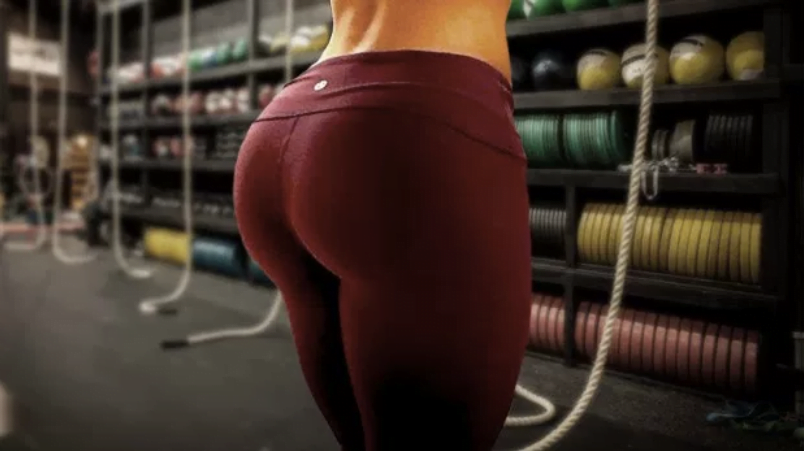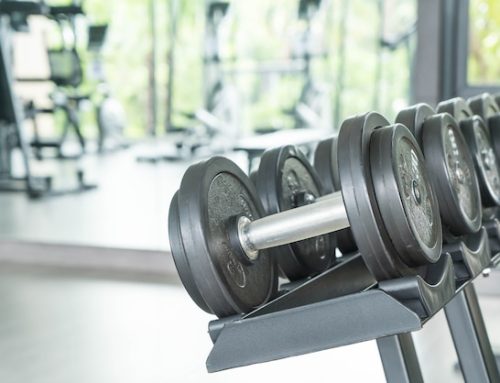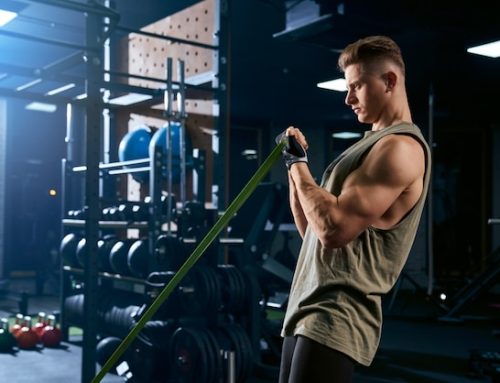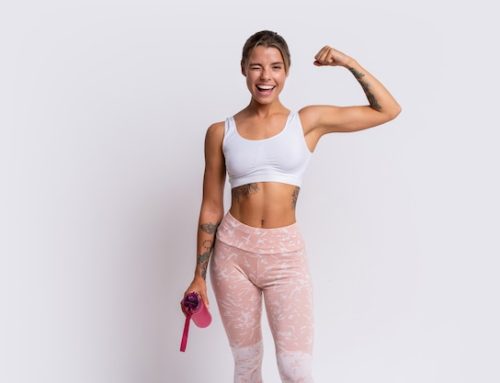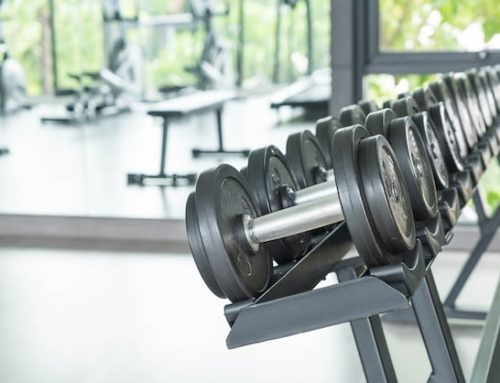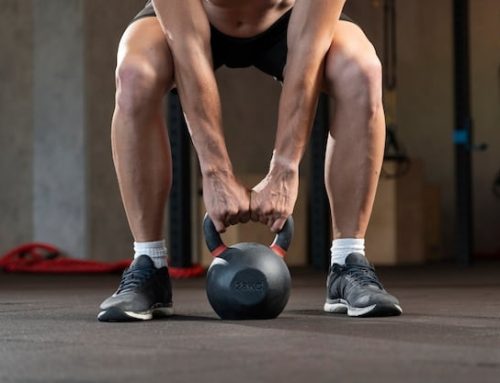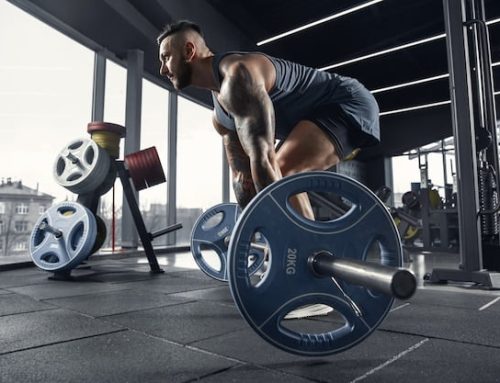Why to grow the glutes?
Not only does a larger, more toned bum contribute to a healthy body image – it’s also an important part of our core strength. The glutes stabilise our hips and pelvis, resulting in a sturdy foundation for us to work from. They’re also capable of a variety of movements including hip extension, external hip rotation, transverse abduction and posterior pelvic tilt. Knowing the glutes are not just capable, but responsible, for such a variety of movements, it makes sense to train them using a wide range of exercises.
In this video, Jeff Nippard takes a look at the most effective ways to train glutes and grow a stronger, healthier butt, according to science. Take a look at the video, or scroll down for some key points.
Jeff glute program
Jeff notes that, as an experienced bodybuilder, he believes a pre-activation exercise or two is a useful way to engage the glutes and increase mind-muscle connection before beginning your main working sets. This can be achieved by doing light weight high reps on an abduction machine or doing some bodyweight squats with a resistance band around the knees.
Another important thing to note is that squats target the quads more than the glutes, so if it’s specifically the glutes you want to work, you’re better off with an exercise like the hip thrust which prioritises the glutes much more.
Best way to grow glutes
Jeff busts another common gym myth, which is the belief that the deeper you go when you squat, the more your glutes are engaged, which we now know not to be true. However, there are a number of things you can do to increase glute activation in the squat:
- Point your toes out more.
- Take a wider stance.
- Focus more on sitting back more (keep the shins more vertical), instead of dropping down.
A great exercise for the glutes is the single leg hip thrust. To further increase activation of the glutes, try to maintain a posterior (forwards and upwards) pelvic tilt throughout the movement.
Next is lunges, which again can be slightly altered to increase the activation of the glutes by:
- Doing forward walking lunges instead of stationary lunges.
- Taking larger strides.
- Minimising contribution from your back leg by driving your front heel into the floor as you step forward.
Back extensions are another exercise which can be used to train glutes, despite being primarily used as a back exercise. Jeff points out that you can increase glute activation by sightly bending the legs, instead of locking out the knees.
It’s also a good idea to finish, or at least include, an exercise for your glute medius. This could be hip abductions with a cable, lay on your side or holding a weight against your upper leg, like in the video.
So next time you’re training for a better butt, incorporate these exercises:
- Squats
- Lunges
- Hip thrusts
- Back extensions
- Hip abductions

The Amonax adjustable dumbbells weight set, made of cast iron, offers weights of 20kg and 30kg. Suitable for both men and women, this versatile strength training equipment is ideal for home gyms. It can be used as a pair of dumbbells or a barbell, providing flexibility for weight lifting exercises.
What exercise hits glutes the most?
Several exercises target the glutes effectively, but some of the most potent exercises for hitting the glutes include:
- Barbell Hip Thrusts: This exercise primarily targets the glutes. It involves thrusting a weighted barbell upward while sitting on the ground with your shoulders against a bench.
- Squats (especially deep squats): Squats, particularly when performed with a deeper range of motion, engage the glutes significantly.
- Deadlifts: While they target multiple muscle groups, including the lower back and hamstrings, deadlifts also heavily engage the glutes, especially during the lifting phase.
- Lunges: Whether it’s stationary, walking, or reverse lunges, this exercise is great for targeting the glutes.
- Step-ups: Using a bench or platform, this exercise requires you to step up with one leg, which activates the glutes.
- Bulgarian Split Squats: One leg is elevated behind you on a bench or platform while you squat using the other leg, providing deep glute engagement.
- Glute Bridge: Lying on your back with your feet flat on the floor, push through your heels to lift your hips off the ground.
- Cable Kickbacks: Using a cable machine, this exercise involves kicking one leg back and targets the glutes directly.
- Sumo (or Plie) Squats: The wide stance with toes pointed out engages the glutes and inner thighs more than regular squats.
- Single-leg Deadlifts: By using one leg at a time, you can target the glutes more directly while also challenging your balance.
While all these exercises target the glutes, the effectiveness can vary based on an individual’s form, the amount of weight used, and the specific variations of each exercise. It’s crucial to maintain proper form to maximize muscle engagement and minimize the risk of injury.
What is the laziest muscle in the glutes?
The gluteus medius is often considered the “laziest” muscle in the glutes, especially in individuals who spend a lot of time sitting. The gluteus medius is one of the three primary muscles in the gluteal group, the other two being the gluteus maximus and gluteus minimus.
When you sit for prolonged periods, the gluteus medius doesn’t get activated as much as it should. Over time, this can lead to weakness and atrophy in the muscle. The gluteus medius is crucial for hip stabilization, especially during single-leg movements, and plays a role in preventing the hip from dropping during walking or running.
If the gluteus medius becomes weak or “lazy,” it can lead to various issues, such as poor posture, lower back pain, and increased risk of injuries, especially in the hips and knees. That’s why exercises that specifically target and strengthen the gluteus medius, like clamshells and lateral leg raises, are often recommended in strength training and rehabilitation programs.
